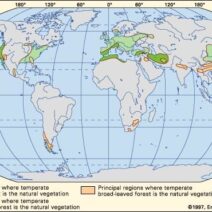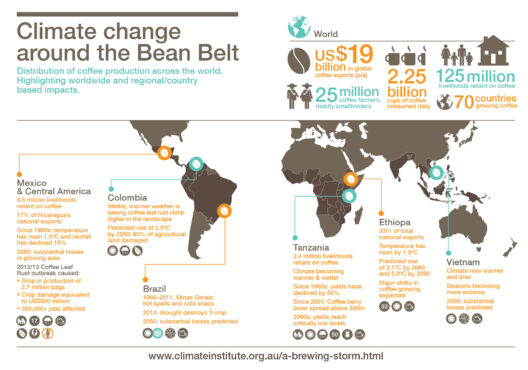In the realm of climate science, one of the most debated topics is the influence of solar activity on global warming. Understanding how solar cycles and solar flares interrelate with Earth’s climate system is essential for discerning fact from fiction. This discourse will delve into the mechanics of solar activity and its potential implications on global temperatures, providing clarity amid the cacophony of misinformation that pervades discussions on climate change.
The Fundamentals of Solar Activity
The Sun, our nearest star, is an enormous ball of plasma undergoing nuclear fusion. Its energy output is not constant; it fluctuates over time in predictable cycles known as solar cycles, which generally span approximately 11 years. During these cycles, solar irradiance—the power per unit area from the Sun; the energy we receive—exhibits variations that can potentially influence terrestrial weather patterns and climate conditions.
Characteristics of Solar Cycles
Solar cycles are characterized by periods of solar maximum and solar minimum. During the maximum phase, the Sun exhibits a higher number of sunspots, which are temporary phenomena on the solar surface indicative of magnetic activity. Conversely, during the minimum phase, sunspot activity diminishes significantly. These cycles, while impacting solar radiation, account for a mere fraction of the total energy balance of Earth compared to anthropogenic factors.
The Role of Solar Flares
Solar flares represent a brief but intense burst of radiation from the Sun’s atmosphere. They release vast amounts of energy, comparable to millions of hydrogen bombs exploding simultaneously, and can significantly affect space weather. While solar flares can impact satellite communications and power grids, their contributions to long-term climate change are negligible.
Myths Surrounding Solar Influence on Climate
One prevalent myth posits that solar activity is the primary driver of contemporary global warming. Proponents of this belief often cite correlations between historical temperature records and periods of heightened solar activity. However, this oversimplification neglects a comprehensive examination of established climate science.
The most significant oversight lies in the fact that the radiative forcing associated with solar variations is minimal compared to that induced by greenhouse gas emissions. The current warming trend resembles the rapid increase in global temperatures over the past century, coinciding with industrialization and significant atmospheric CO2 elevation, a relation not explained by solar output alone.
Scientific Evidence on Solar Activity and Climate
Peer-reviewed research consistently supports the conclusion that while solar irradiance can influence climate, its effects are overshadowed by anthropogenic activities. Studies, including analyses of isotope ratios from ice cores and sediment layers, reveal that the Earth’s climate system is complex, influenced by multiple factors including volcanic activity, ocean currents, and greenhouse gas concentrations.
Moreover, satellite measurements have enabled scientists to quantify solar radiation with unprecedented precision. These data indicate that recent increases in global temperatures coincide more closely with rising greenhouse gas concentrations rather than variations in solar output. The Intergovernmental Panel on Climate Change (IPCC) has emphasized that the contribution of solar irradiance to recent warming is minimal compared to human-induced factors.
Long-Term Climatic Implications
While there may be short-term influences of solar cycles on climate, the overarching long-term trends indicate a clear trajectory related to human activities. The potential for solar cycles to impact global temperatures in a minor capacity reveals the importance of discerning scientific facts from mythological claims. Variations in solar energy contribute to natural climate variability; however, they do not account for the unprecedented acceleration in warming observed since the industrial revolution.
Conclusion: The Importance of Scientific Literacy
Understanding the nuances of solar activity in relation to climate change is imperative for informed discussions. The interplay between natural phenomena and man-made emissions has led to a complex yet discernible pattern of global warming. Engaging critically with science-based evidence allows for a more accurate interpretation of climate influences, countering the myriad of misconceptions that circulate in popular media and broader societal discourse.
In conclusion, while solar cycles and flares do have their roles in influencing Earth’s climate, they do not serve as excuses to ignore the pressing issue of global warming. The evidence distinctly points toward anthropogenic causes as the primary drivers of the climate crisis we face today. It is of utmost importance for individuals, communities, and policymakers to prioritize climate action informed by scientific data and to advocate for sustainable practices that mitigate the risks associated with climate change.








